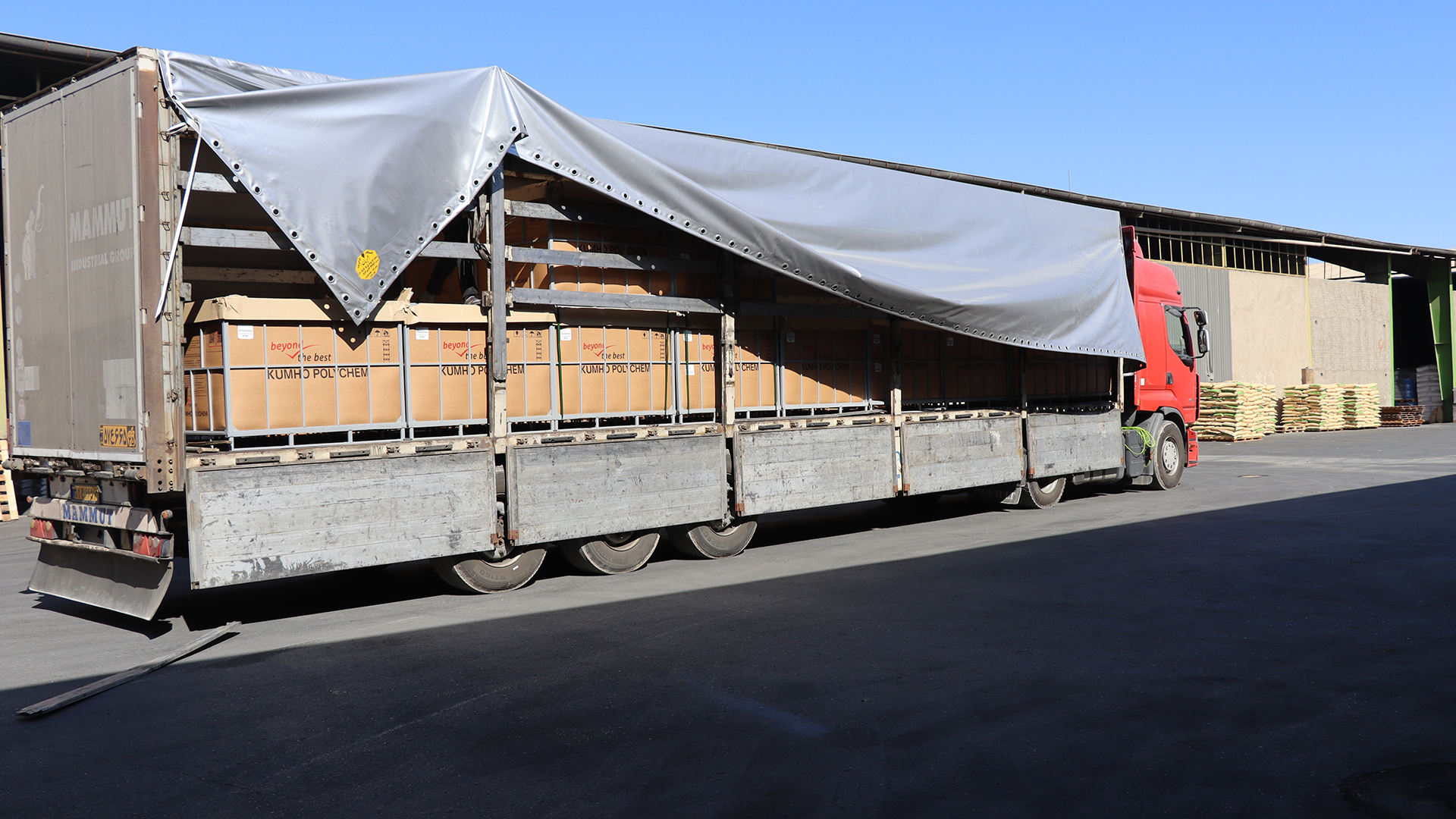Natural rubber is obtained from native trees in South America called Hevea. These trees grow up to a height of about 24 meters, to provide the carbon dioxide needed for the growth of these trees and also an essential component for tires. There are other trees, shrubs and bushes from which natural rubber is produced, but since they are not comparable in efficiency to Hevea trees, industrial botanists have focused exclusively on Hevea trees.
Hevea grows in tropical and subtropical regions. Southeast Asia is a suitable region for the growth of this category of trees. This material, which is considered a chemical polymer, is one of the most important polymers in history that human society has achieved.
In today’s world, the use of tires is very important for mankind. There are different types of tires with different uses. Tires are mainly used in various industries, such as: automotive industry, transportation industry (air, land and sea), pipes and fittings, wire and cable, etc. for making parts. One of the widely used natural rubbers is known as SMR, which we will discuss further in this article.
What is SMR?
Malaysian standard rubber or abbreviated SMR is one of the most valuable natural rubbers that is taken directly from Hevea trees. The Malaysian Rubber Standard Scheme was introduced in 1965 by the Rubber Research Institute of Malaysia (RRIM) (established in 1925) and revolutionized the natural rubber industry. Based on this plan, tires are classified according to technical specifications. In this way, this scheme ensures rubber quality control and compliance with standards, thereby improving marketing to compete with the synthetic rubber industry.
What are the properties of SMR?
The most important feature of SMR is its high elasticity. This material undergoes elongation against high tension and returns to its original state. Due to its high resistance to cold and heat and its good flexibility, SMR is considered the primary material of many rubber industries. Another feature of SMR is its long life and slow wear. This rubber is resistant to water and chemicals. But it is vulnerable to non-polar solvents (benzene, diethyl ether, chloroform).
Types of SMR:
SMR is divided into several categories based on technical specifications, and the most important difference between these grades is the amount of PRI and the amount of ash.
- SMR CV50
- SMR CV 60
- SMR L
- 4-SMR 5
- SMR GP
- SMR 10
- SMR 10 CV
- SMR 20
- SMR 20 CV
SMR20 is the most used and highest quality type of SMR due to having the lowest value compared to other grades of this PRI rubber, which is an important parameter for rubber. The PRI parameter shows the elasticity of the initial tire compared to the tire after a certain period of time (30 days).
Applications of SMR:
- Making car tires
- Aircraft equipment
- Rubber bands
- Rubber springs
- Rubber hoses
- Car rubber parts
- Types of gloves






